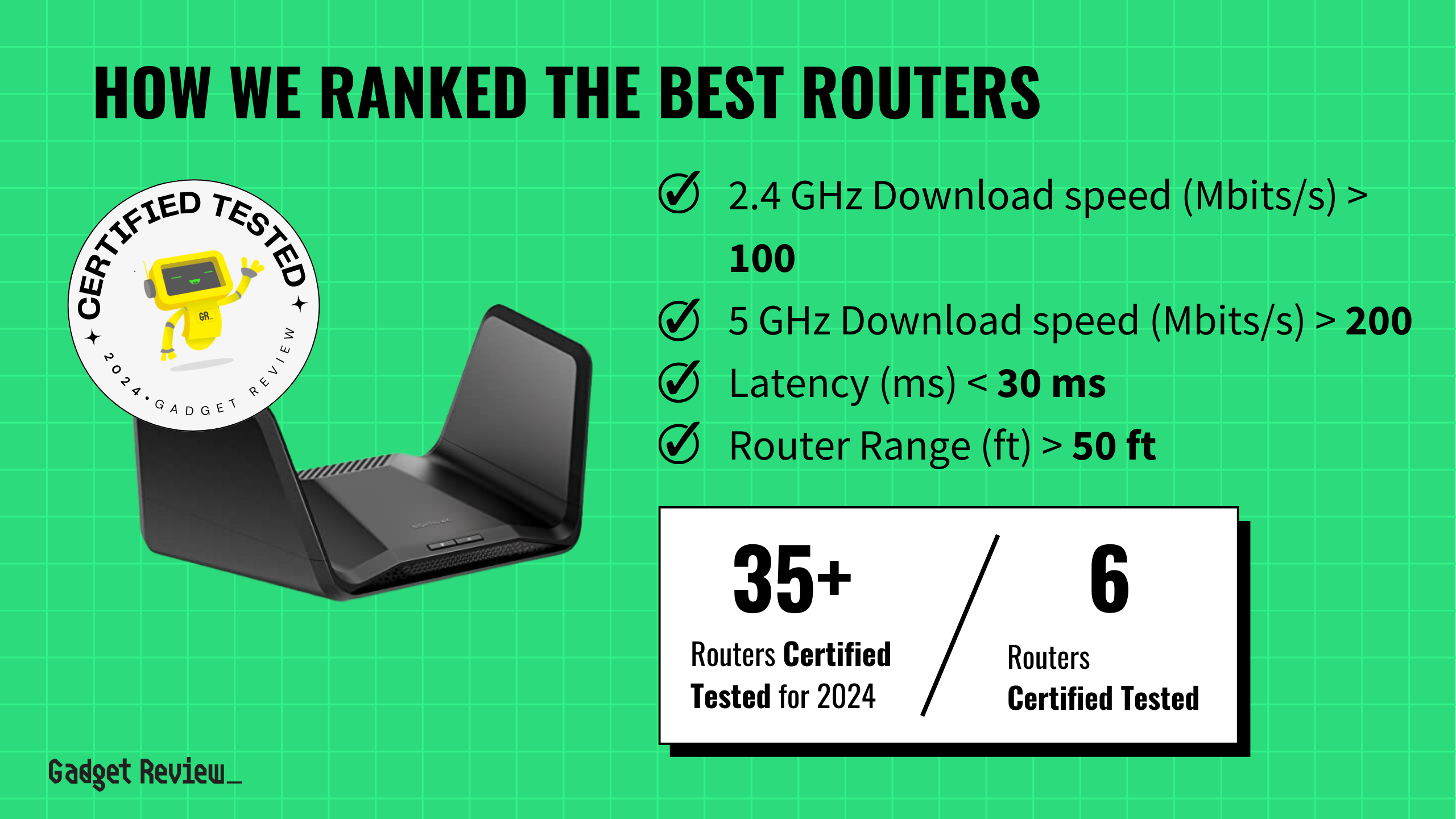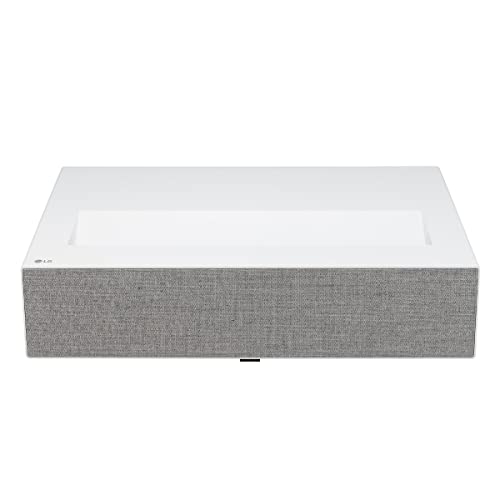Why it matters: Live Science reports that a team of undergraduate students just revolutionized amateur rocketry by launching their homemade rocket higher and faster than any non-professional spacecraft in history. This breakthrough demonstrates how student innovation can push the boundaries of space exploration, challenging the notion that significant space achievements require massive corporate or government backing.
The Big Picture: The University of Southern California’s Rocket Propulsion Lab created Aftershock II, a 14-foot rocket that soared to 470,000 feet – demolishing a 20-year-old record by 90,000 feet. Proactiveinvestors reports that the student-built craft reached speeds of Mach 5.5, making it the fastest amateur rocket ever launched.
- Rocket weighed 330 pounds and broke sound barrier in two seconds
- Reached space in just 85 seconds after launch
Technical Innovation: The students developed groundbreaking technologies to achieve these records. Their rocket featured the most powerful solid-propellant motor ever created by students and pioneered new thermal protection systems.
- Heat-resistant paint coating protected against hypersonic speeds
- Titanium-coated fins turned blue from atmospheric friction
- Custom control unit tracked flight and managed recovery
Student Achievement: The undergraduate team received minimal faculty oversight, making their success even more remarkable. The project demonstrates the potential of student-led innovation in aerospace engineering. These kids could send people up to commercial space stations with no help. I believe it.
Looking Forward: This achievement not only breaks records but also signals a shift in space technology development. As these students move into industry positions at companies like SpaceX, their innovations could influence the future of commercial spaceflight and exploration.




















